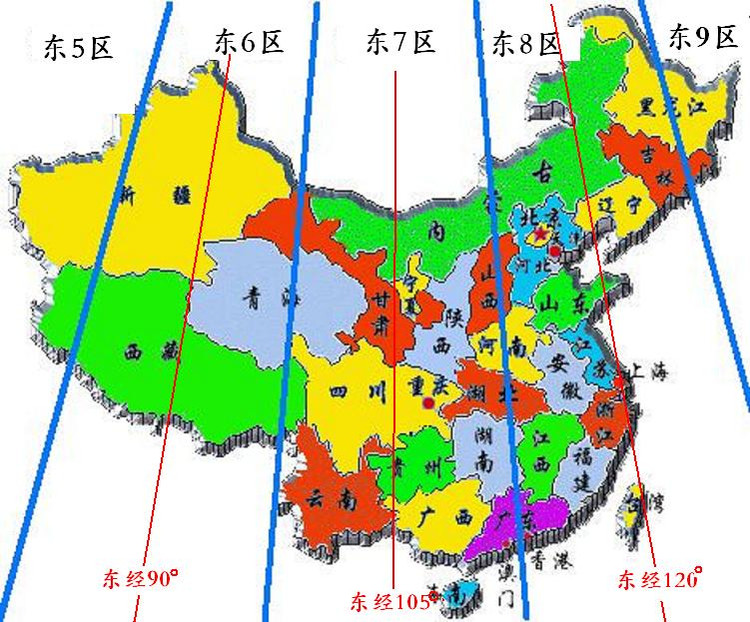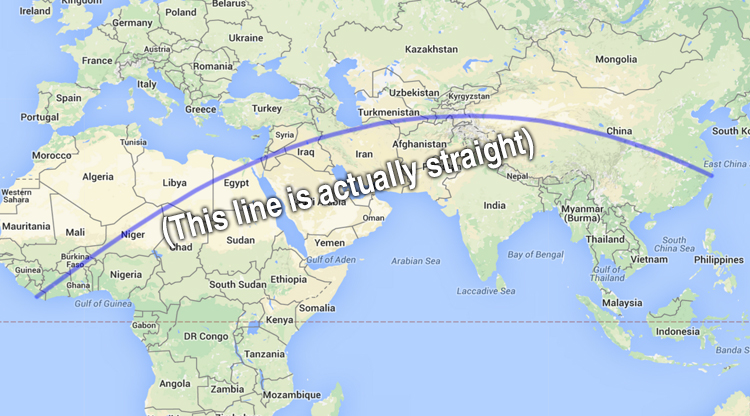When the sun is setting in north-east China's Heilongjiang Province, the sun still hangs high far-western Xinjiang - and will continue to do so for hours. And yet, officially at least, it's still the exact same time in both: Beijing Time (known outside the country as China Standard Time).
Geographically, however, China spans five time zones, and from 1912-1949 the Republic of China implemented these time zones with scientific precision:
_svg.png)
Changpai Time (GMT+8.30) was followed by the northeastern provinces. From Liaoning (and later Taiwan, following Japanese defeat in WWII) to the western fringe of Guandong, Chungyuan Central Standard Time (GMT+8) was in force. Between Sichuan and Gansu, Kansu-Szechuan Time (GMT+7) applied while most of the far west set their clocks to Sinkiang-Tibet Time (GMT+6). At the furthest fringes of western China, however, along the Kunlun mountain chain, a separate Kunlun Time Zone (GMT+5.30) was established.
In 1949, however, Mao's People's Republic scrapped the time zones and brought the entire country under what was previously known as Central Standard Time, now renamed after the new national capital Beijing.
Scottish-born Canadian Sir Sandford Fleming first proposed a system of worldwide standard time zones in 1879, suggesting the division of the planet into 24 time zones, each 15 degrees of longitude wide and measured from the anti-meridian of Greenwich. Looking at the following two maps of international time zones, however, it's easy to see that the way they've been drawn up today isn't as clear-cut and scientific as Fleming would have liked.


The map below makes this particularly clear. Only the white zones are in perfect harmony with longitudinal time while red zones lag behind it and blue areas race ahead of it.

The science of solar time has always been compromised by politics, and the map also shows that China is far from the only country to have set up widely inaccurate time zones, and how to divide the country is a problem for all of the world's largest countries. Although Canada and the United States certainly make more of an effort, North American time zones, too, have problems of their own.
Where China is unique, however, is the shear degree of this inaccuracy. Looking at the PRC, only a thin ribbon of white runs down the eastern seaboard, with everything west of the central plains a vast sea of red.
The nationwide application of Beijing Standard time was intended to reinforce national unity, but 3,000 kilometers west of the capital the practice of accurate time-telling has almost become an act of resistance for many: ethnically Han residents tend to adhere to Beijing Time while local Uyghurs, weary of so many midnight sunsets, follow the unofficial Urumqi Time, which runs two hours behind BST.
If today's China were once again to establish time zones according to Fleming's now universally accepted standards, here is how the country would be re-divided into five separate time zones:

[Images via Wikimedia Commons]





















0 User Comments